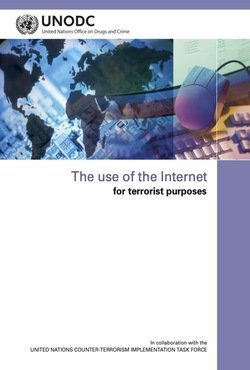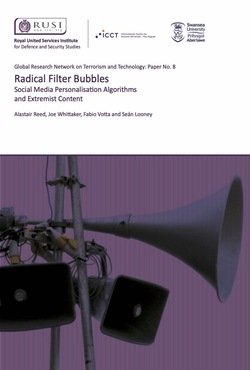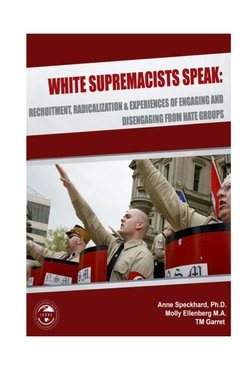By Lorenzo Vidino, Seamus Hughes and Bennett Clifford
The time period in which the Islamic State (IS) controlled territory in Syria and Iraq between 2014 and 2019 coincided with the largest groundswell of homegrown jihadist activity in United States history. This unprecedented wave of jihadist activism, which hit its peak between 2014 and 2016, could be measured through several indicators. Senior officials in the Federal Bureau of Investigation (FBI) testified that the Bureau managed, at any given time between 2014 and 2019, 1,000 active investigations into IS supporters throughout the U.S.; at least 239 alleged supporters were charged in U.S. courts. Meanwhile, more than 80 Americans traveled to Syria and Iraq to join IS, and 16 IS sympathizers that remained in the U.S. conducted terrorist attacks that were inspired by or directed by the group. Others provided resources for IS’ global project in different ways, most notably by supporting IS’ online propaganda dissemination and social media recruitment campaigns. At its peak, IS’ perceived ideological credibility and authority, its predilection for extreme acts of violence, and its ability to direct its on-the-ground resources in Syria and Iraq towards information operations designed to incite terrorism in the West, drove its successes in recruiting Americans. However, as the organization began to hemorrhage territory, leadership, and key personnel, it became less and less able to reach its target audiences around the world, including in the U.S. The loss of the last vestiges of its territory in Syria and Iraq, the targeted killings of key English-speaking IS facilitators and “virtual entrepreneurs,” and eventually, the death of IS’ first “caliph” Abu Bakr al-Baghdadi were all harbingers for the decline in IS-related activity in the U.S. Nevertheless, even in a post-caliphate environment, IS continues to inspire American jihadists to conduct activities on its behalf. According to the FBI, the organization remains the predominant homegrown violent extremist (HVE) threat to the U.S., and although the group’s capabilities to recruit and mobilize Americans have significantly degraded, no other jihadist organization has made a significant effort to fill the breach and take IS’ place. While the number of IS-related cases in the American legal system in 2020, 2021, and 2022 have steadily declined from their peak in 2015, the alleged activities of supporters in these cases are more diffuse. In this paper, we evaluate 29 cases of Americans charged in the U.S. with IS-related offenses since January 2020. By comparing and contrasting them with the larger corpus of cases of American IS sympathizers in the U.S. legal system since 2014—when the first IS-related criminal case occurred—this brief report documents emerging trends in the nature of American support for IS and the U.S. counterterrorism response in the world after the collapse of IS’ physical caliphate. Furthermore, it attempts to ascertain what these trends portend for the future of the jihadist movement in America.
Washington, DC: George Washington University Program on Extremism, 2022. 16p.





















